I have been receiving ongoing feedback from my manager regarding a recent report that I submitted to her in my role as Office Manager. On one hand, she says to me “Good report; I suggest that you modify sections A and B”. The next time, she simply states “This is no good. Try it this way.” I am so confused and honestly, I’m quite hurt. I don’t understand what I am doing wrong? Then again, maybe my work is just fine! I cannot figure her out and whether this is positive or negative feedback or just plain criticism.
Am I misunderstanding her because of cultural differences between us? Do you have any tips on giving and receiving feedback at work in Canada?
Signed: Feedback Tips (FT)
Dear FT:
Sometimes it is difficult to understand the feedback that you get from employers in a Canadian workplace analyzing what they mean can definitely be a challenge. I will refer to Lionel Laroche, an expert in intercultural communications as well as to JVS Toronto’s Canadian Workplace Communication program that helps internationally trained and experienced professionals from the architecture/design, IT and banking, finance and accounting sectors. This information is relevant to any employee who is facing workplace challenges, such as giving and receiving feedback.
An important part of communicating successfully in any workplace is the ability to give and receive feedback in the form of constructive criticism. In workplace environments where team work is common, the exchange of ideas, reviewing and revising work plans and reports, and debating strategies are part of everyone’s daily activities.
People perceive feedback differently. Some are more sensitive than others; they may also have difficulty giving feedback because they feel they are criticizing someone. Yet, feedback plays a crucial part in the Canadian workplace. Employees are expected to share ideas, give input, and give feedback on team projects.
Some tips in dealing with negative feedback:
1. Listen carefully and know when to recognize negative feedback.
There is a tendency in Canada to mask negative feedback with positive comments in order to ‘soften the blow’. This form of negative feedback is rarely found in other cultures. In Canada, (and among many English-speaking cultures) it might be the first warning you receive that indicates you are having performance issues that need to be addressed. You will need to learn to hear the negative comment and correct your actions before your boss has to come to address it again. Failure to understand that you are being giving negative feedback will likely be perceive by your boss as an inability to follow direction. This is could be considered good reasons for termination.
2. Analyze the feedback: Analyze the feedback statements you receive in terms of these 3 Negative Feedback Categories:
a. The Sandwich (the positive-negative-positive statement)
This type of negative feedback statement is often the first you will hear from your boss. Because it is masked with two positive comments, it is easy to think that you are actually being praised when in fact the opposite is happening. For example:
- “I really like how you have structured this report, but there are a few oversights I’d like you to address. Great first effort!”
- “I am really impressed with how much you have learned since you started last week, but a few concerns have arisen regarding the way you deal with clients.It seems that you tend to take a rather brisk tone with people and we’ll need you to soften that up a bit. As you are such a great salesperson, I am sure some of that talent can be applied to dealing with difficult clients as well.”
b. The Open-faced Sandwich (the negative-positive statement)
This will likely be the form of the second warning coming from the boss. The negative feedback will still be masked with positive comments but will likely be a little more prominent.
- “I see you are still having some difficulties with the processes surrounding reporting. As you have such a developed sense of detail, I am sure that if you focus a little more attention on the particulars, things will come together just fine.”
- “We have received a few complaints about your briskness with clients. I know it’s hard to deal with disgruntled clients but I’d like you to try to soften your approach somewhat. How about using that great sense of humour you have to keep things a little more diplomatic?
c. Just the Meat (a direct negative statement)
If you hear your boss giving you purely negative feedback, then you can be sure that you are in big trouble. There is a good chance that there will be serious consequences, termination being one of them, if you do not address the problem immediately.
- “Your reporting is consistently not meeting the standards of this organization. I have given you a number of warnings but have not seen an improvement. If am afraid I have to report this problem to upper management.”
- “Your manner of dealing with clients is not appropriate. I have warned you a number of times but you have not made any effort to improve. This is your last warning.”
4. Use the Right Words for the Right Situations.
Watch out for the particular words which are used in negative situations. Look at the term “Performance Issues” as an example. This is a formalized way of saying you are not doing your job up to the standards of the organization, and are at risk of losing your job. The word ‘issue’ is being used instead of ‘problem’ which is a stronger and more direct word that more clearly describes the situation. Canadians instead choose the word ‘issue’ to be more politically correct, because it is considered too harsh and personal to say that someone has performance problems.
Using the word ‘problem’ in the wrong situation can make everyone believe that things are really wrong, even when they are not. As a result, it is important to learn how to use the right word in the right situation, as well as to understand the real meaning of a word you are hearing as it applies to feedback you are being given.
5. Check-in and qualify.
You can always ask your manager for a 5-minute meeting just to make sure that you are on the same page regarding your performance. BE OPEN to any feedback; this could be a learning opportunity for you to gain more information, skills and knowledge required for the position.
FT, there is no harm in asking your manager to email you the feedback and what she would like to be improved. You can use this information as a list of areas to improve and start implementing this in your work. The ability to take charge with clarifying your manager’s feedback will be perceived as a sign of a good leader.
Best of success with your job,



